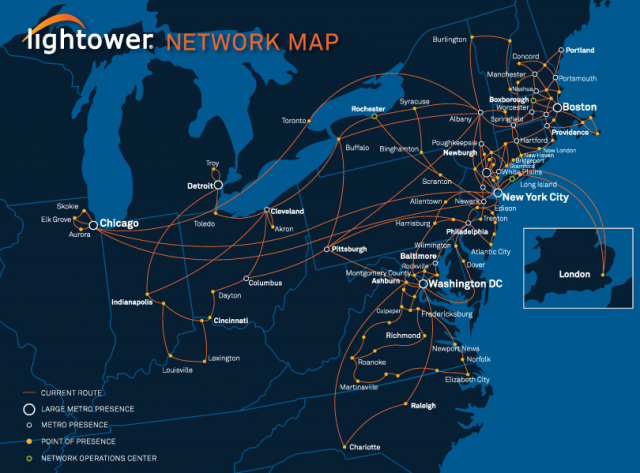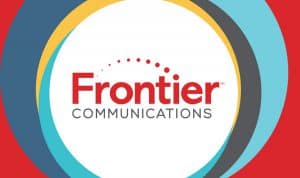 As gigabit internet becomes more common across the United States, some ISPs are seeking a speed advantage by offering even faster speeds to residential and business customers. On Tuesday, Nokia announced Frontier Communications and Rochester, N.Y.-based Greenlight Networks would be upgrading their fiber networks to the company’s XGS-PON solution, which can handle 10 Gbps upload and download speeds.
As gigabit internet becomes more common across the United States, some ISPs are seeking a speed advantage by offering even faster speeds to residential and business customers. On Tuesday, Nokia announced Frontier Communications and Rochester, N.Y.-based Greenlight Networks would be upgrading their fiber networks to the company’s XGS-PON solution, which can handle 10 Gbps upload and download speeds.
“Next Generation PON technologies such as XGS-PON are increasingly being deployed as demand for ultra-broadband applications and services continue to grow,” said Julie Kunstler, principal analyst at Ovum, in a statement. “Providing operators with the ability to use the same passive and active plants, XGS-PON solutions like Nokia’s can be quickly deployed and used to capture 10Gbps service opportunities that help operators to improve the return on their existing fiber network investments.”
Many existing fiber networks currently rely on GPON (gigabit passive optical network) technology — which allows one fiber in a bundle of fibers to service multiple homes and businesses. GPON networks are typically capable of download speeds of 2.488 Gbps and shared upstream speeds of 1.244 Gbps. Many ISPs using GPON technology typically offer fast download speeds, but often slower upload speeds.
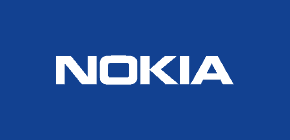 Next generation XGS-PON allows up to 10 Gbps in both directions over existing fiber networks. In fact, the technology is future proof, allowing operators to immediately upgrade to faster speeds and later move towards Full TWDM-PON, an even more robust technology, without expensive network upgrades.
Next generation XGS-PON allows up to 10 Gbps in both directions over existing fiber networks. In fact, the technology is future proof, allowing operators to immediately upgrade to faster speeds and later move towards Full TWDM-PON, an even more robust technology, without expensive network upgrades.
Most providers are leveraging XGS-PON technology to deliver symmetrical broadband — same upload and download speeds — to residential customers and to expand network capacity to avoid congestion. XPS-PON technology also supports faster-than-gigabit speeds than can be attractive to commercial customers.
 Frontier intends to deploy Nokia’s technology in ex-Verizon markets in California, Texas, and Florida, beginning in Dallas-Fort Worth. It will allow Frontier to beef up its FiOS network and market stronger broadband products to Texas businesses. In Rochester, Greenlight will use the technology to upgrade its fiber service, which competes locally with Frontier DSL and Charter/Spectrum. Spectrum recently introduced gigabit download speed in Rochester. Greenlight can now expand beyond its 1 Gbps offering, but more importantly, increase its maximum upload speed beyond 100 Mbps.
Frontier intends to deploy Nokia’s technology in ex-Verizon markets in California, Texas, and Florida, beginning in Dallas-Fort Worth. It will allow Frontier to beef up its FiOS network and market stronger broadband products to Texas businesses. In Rochester, Greenlight will use the technology to upgrade its fiber service, which competes locally with Frontier DSL and Charter/Spectrum. Spectrum recently introduced gigabit download speed in Rochester. Greenlight can now expand beyond its 1 Gbps offering, but more importantly, increase its maximum upload speed beyond 100 Mbps.
“Greenlight is constantly looking at ways we can deliver new services that fit every customer need. We pride ourselves on offering the fastest internet speeds available in the markets we serve and Nokia’s XGS-PON technology will play a critical part in our ability to deliver these services to our customers,” said Greenlight CEO Mark Murphy. “With Nokia’s next-generation PON fiber solution we will be able to deliver the latest technologies, applications, products and services quickly and reliably to our customers and ensure they have access to the ultra-broadband speeds and capacity they require now and in the future.”
Nokia points out its XGS-PON technology may also be very attractive to wireless companies considering deploying 5G services. Extensive fiber assets available in area neighborhoods will be crucial for the success of millimeter wave 5G technology, which relies on small cells placed around neighborhoods and fed by fiber optics.


 Subscribe
Subscribe


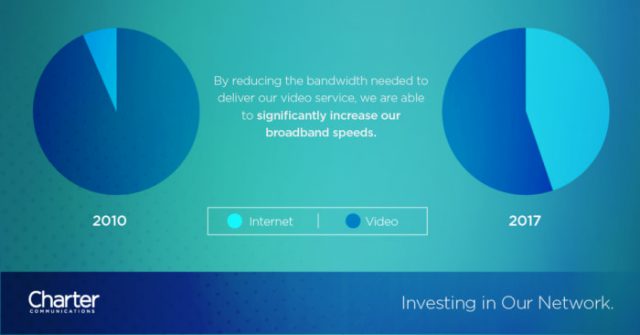
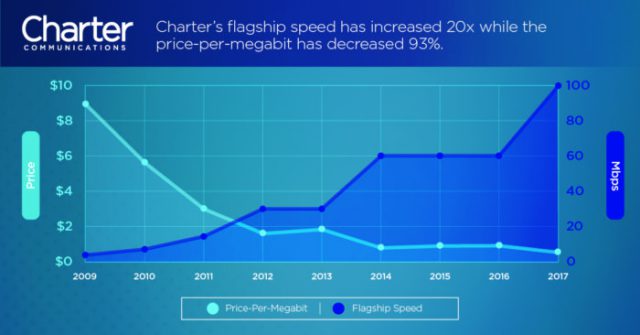
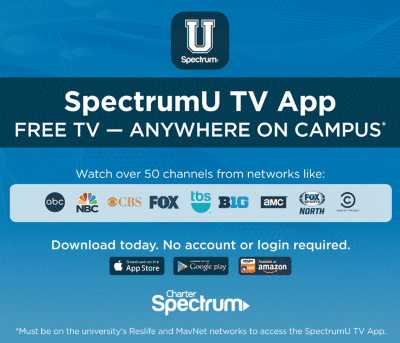 Charter Communications has been quietly testing a streaming video lineup of services on selected college campuses in its service area — so quiet very few students know or care about the service.
Charter Communications has been quietly testing a streaming video lineup of services on selected college campuses in its service area — so quiet very few students know or care about the service.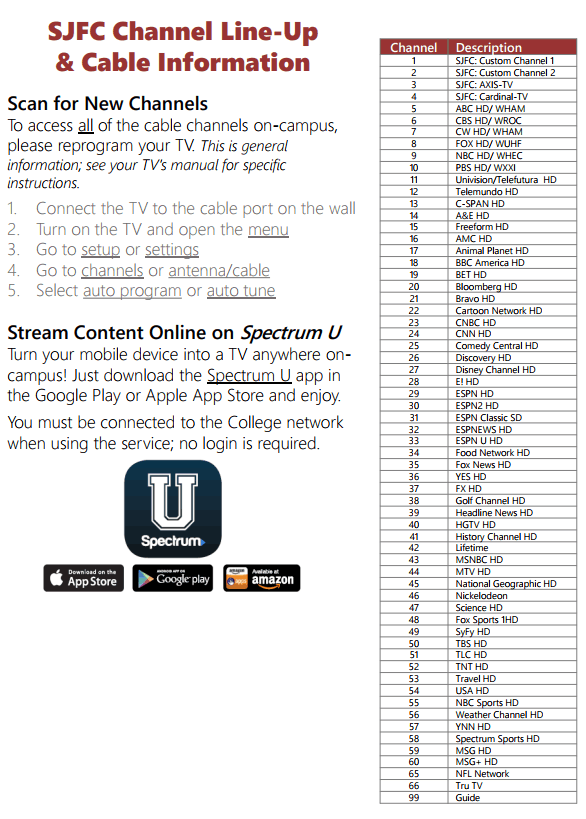
 There is no support for streaming set-top boxes like Roku or Apple TV and SpectrumU works differently from the QAM cable TV service available in many dorm rooms. Casting isn’t supported either. The Android version of the app only attracted 69 mixed reviews as of the date of this article.
There is no support for streaming set-top boxes like Roku or Apple TV and SpectrumU works differently from the QAM cable TV service available in many dorm rooms. Casting isn’t supported either. The Android version of the app only attracted 69 mixed reviews as of the date of this article.
